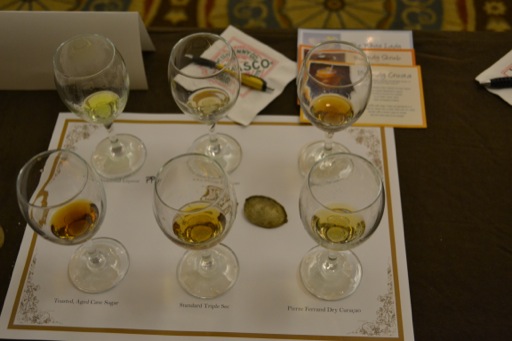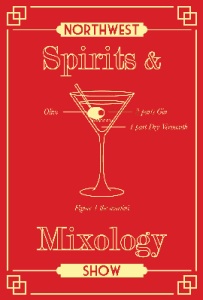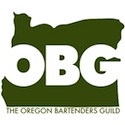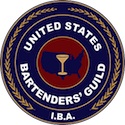Tales of the Cocktail: Curaçao
August 30, 2012 by Mr. Boozenik
Filed under Spirits Events
No discussion of curaçao would be complete without a refresher on citrus, in general, and so we began there. Citrus varieties available vary widely and wildly, as citrus cross breeds with great ease. In fact, three original varieties are the source of all modern citrus:
* Citrus medica – which we now call “Citron” originated in the himalayas, and in its original form is a large fruit, with so much rind and so little juice and pulp, that it has few culinary uses.
* Citrus reticulata – which is the “Mandarin”
* Citrus maxima – the “Pomelo”.
And deliberate (and accidental) cross-breeding of each of these have given us all the rest of the types of citrus we enjoy, today.
Another bit of info of which I was unaware is that all citrus remains green unless it has a cold winter, so the traditional Brazilian caipirinha is actually made with a green lemons, not limes. Maybe this also explains some of the confusion and blurring of the names for lemons and limes worldwide?
As for curaçao, in particular, it came from a failure to to grow oranges on the island now known as Curaçao. The unsuitable climate and soil led to what we now call the laraha. A very bitter, essentially inedible green fruit, with the highly fragrant peel which gives curaçao its primary flavor.
Given that the earliest flavored spirits were the “Dutch Occasional” liqueurs, and the Dutch held Curaçao as a colony, it was natural for the flavor to make it’s way back to Europe.
By 1808 curaçao flavoring is in the regent’s punch, and by 1837 it’s in fairly wide use, with a distinction between curaçao and “inferior” orange and other citrus spirits. The first departure from using the “curaçao” in the name, was in 1885 when Cointreau differentiated themselves as a separate spirit, followed in 1895, by Gran Mariner. These diverged very little from their formula pre-branding as a separate spirit, however. By 1905, triple sec, the triple distilled bitter curaçao became considered high points of the distillers art.







